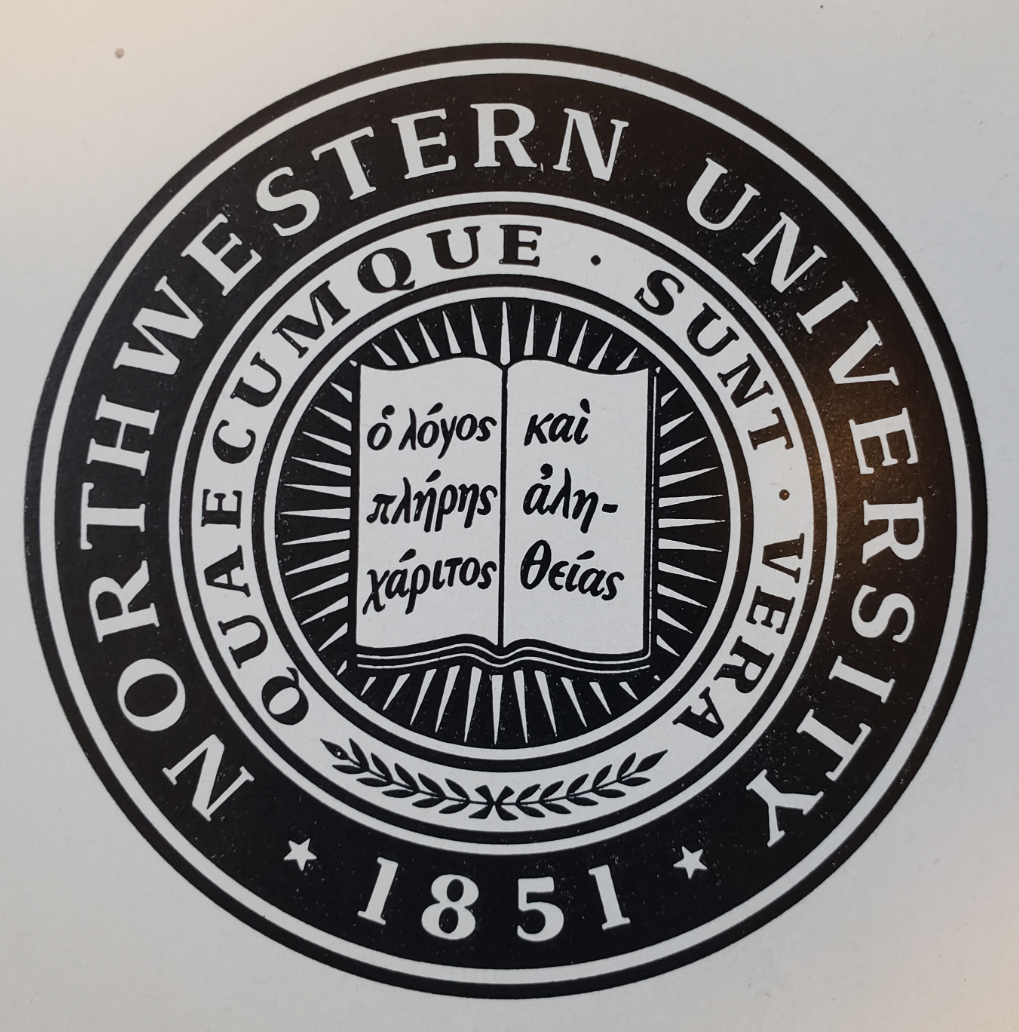
Christopher Gonzalez
The seal of Northwestern is an image that represents the foundations that the university was originally founded upon. Because of its rich significance, it is seen on several of our defining buildings, documents, and landmarks, along with it being on the shirts of the proud parents, students, and faculty members of the university.
The Evanston campus, the original location of Northwestern University, has this seal on many buildings, in addition to the diplomas given to graduates of the institution. The first prominent location is on the Kresge Centennial Building. This is a beautifully redesigned modern building, which was originally built in 1955 to commemorate Northwestern’s 100th anniversary. The original building was named for the Kresge Foundation which gave $500,000 to construct the new student learning facility. Holabird, Root & Burgee designed and constructed the first building. Years later in 2002, DeStefano and Partners designed a four-story addition on the south side of Kresge Hall to provide additional faculty office space. The most recent renovation, completed at the beginning of 2017, featured an entire interior renovation and exterior restoration. Despite its modern-looking interior, an old piece of tradition still stands on the left side of the building and over the old main entrance to the building: the seal of Northwestern University.
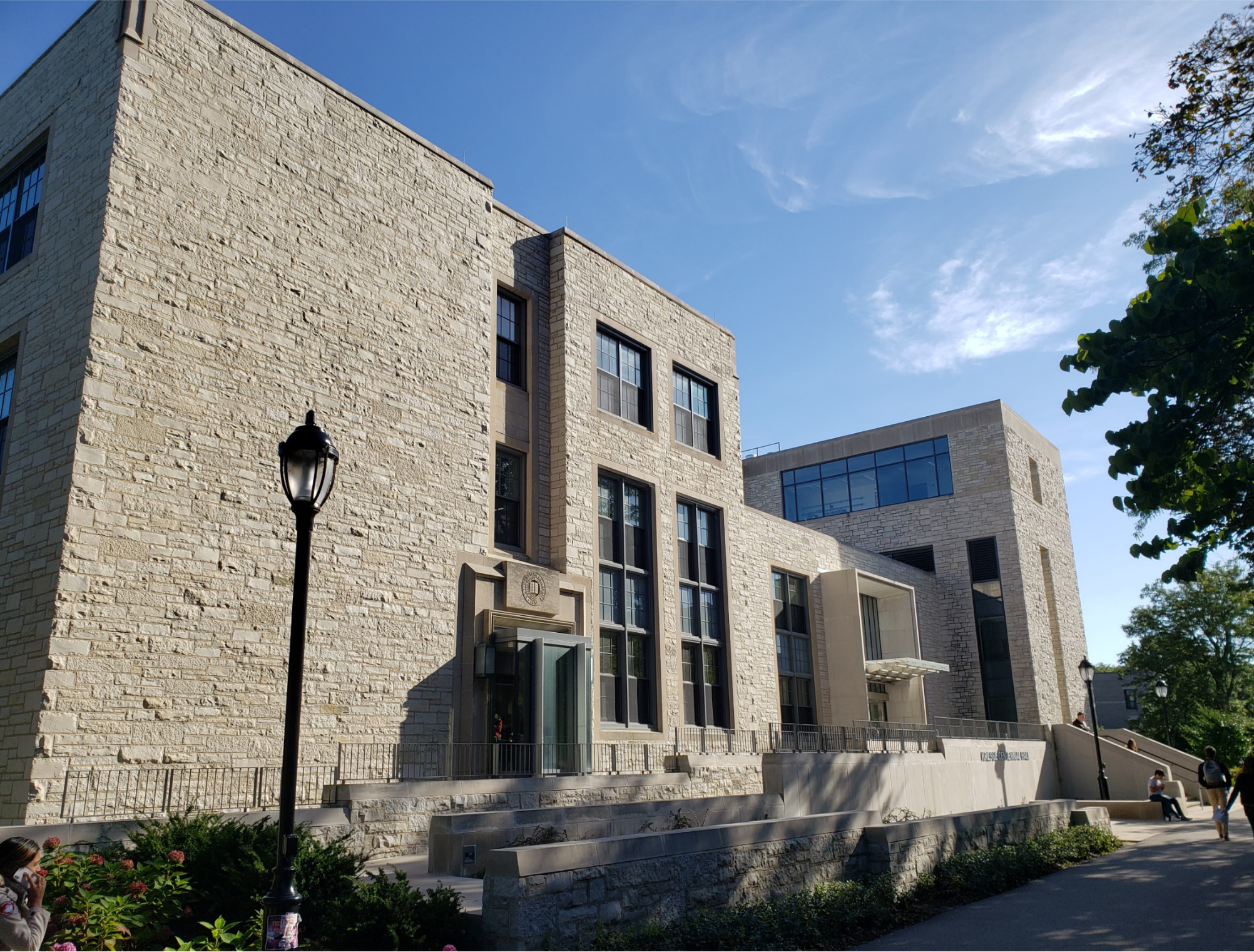
Christopher Gonzalez
Also on the Evanston campus, a modern-looking clock tower stands surrounded by administrative offices that, despite its minimalist design, captivates viewers with a pleasing usage of symmetry and strikingly angular geometrical shapes. This is the Rebecca Crown Center, built in 1968 as a new administrative building for Northwestern and named in honor of the mother of the donors. The new building erected firstly out of necessity as most of Northwestern’s administrative offices were spread out amongst the university’s campus and this new location would centralize their offices. Hired for the job was Walter Netsch who was known for his brutalist architectural style. Interestingly enough, despite there being such a strong concrete, symmetrical, and geometric theme present in the entirety of the Crown Center, there is etched into the base of the clock tower, the seal of Northwestern. This choice is an intriguing one, as one may not think it’s traditional and classical look might not fit into the theme of the overall building. Perhaps it was a requirement from the donors, who were the three sons of Rebecca Crown and Henry Crown and all graduates of the university.
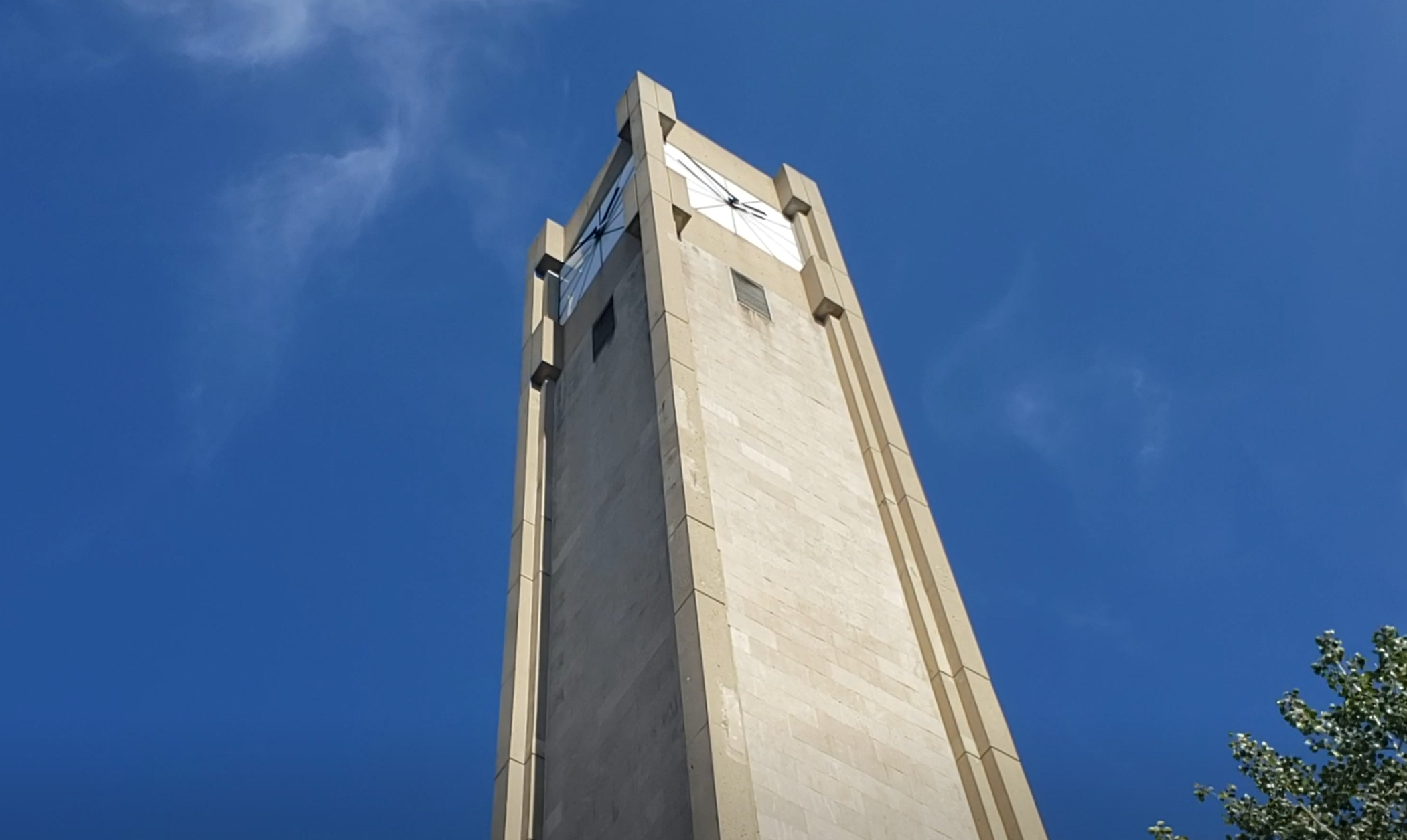
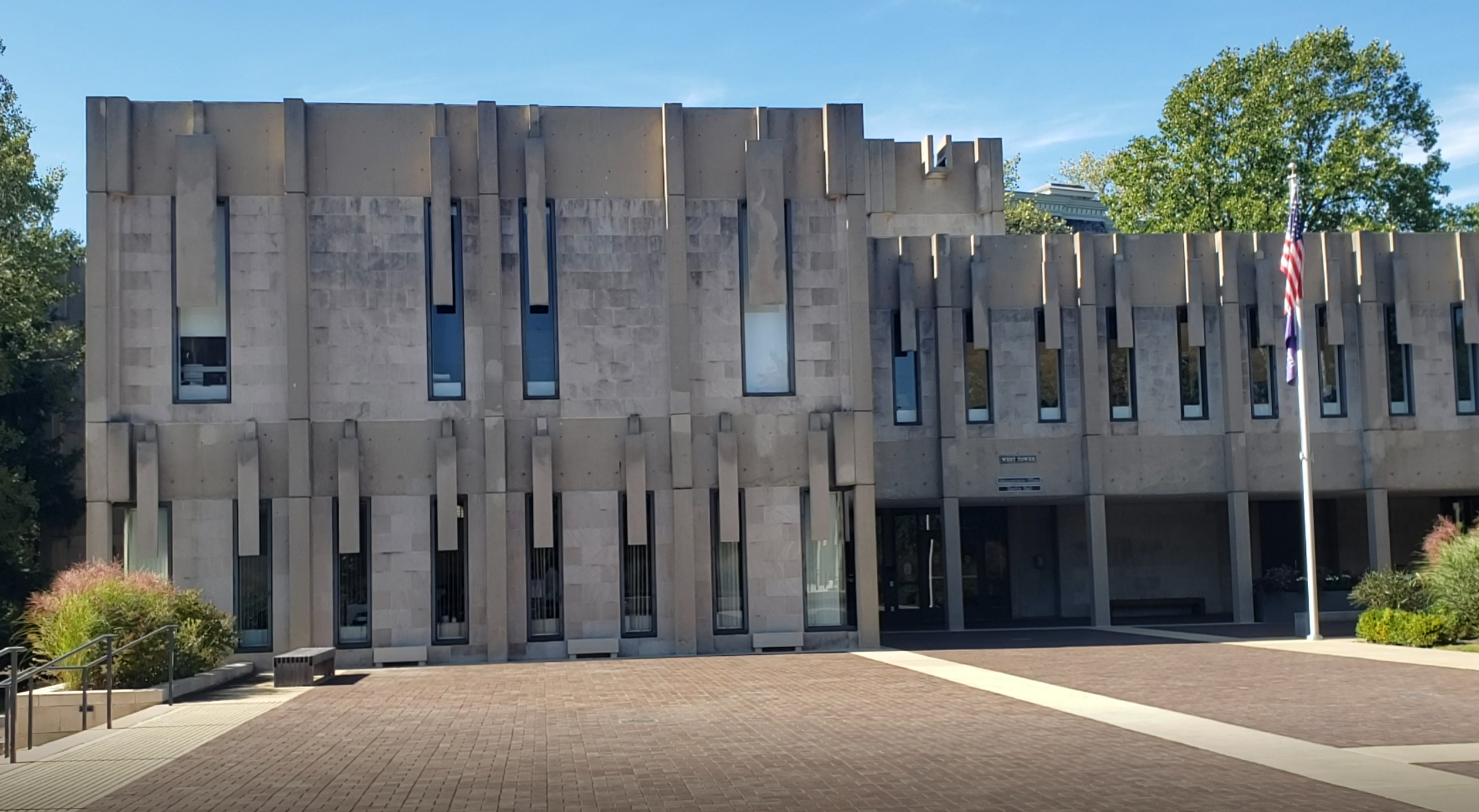
Christopher Gonzalez
Located near the Southside of campus sits a secluded garden, away from the surrounding bustling campus. This garden was a product of a sincere donation from the children of Marjorie Weinberg. The Weinberg family had served on the Board of Trustees and the children wanted to honor their mother’s legacy. The garden itself is one of the oldest parts of the campus. It once served as a beloved soapbox for students in the past. The site was more open and was naturally elevated for student speakers to make announcements or speeches. Most iconically, in 1954, President Dwight D. Eisenhower received an honorary doctorate of law and spoke to students packed in Deering meadow as he stood upon the site where the garden is today. In fact, the original limestone steps that led to the elevated platform still remain and were incorporated in the new garden’s design. Today, as the Marjorie Weinberg Memorial Garden, it features new limestone paths and benches and a large stone engraved seal embedded in the center of the garden. It is one of the most recent and significant installments of the seal on campus. It is a much-appreciated spot on campus for solitude and peace and truly values the traditional identity that the seal represents.

Christopher Gonzalez
Featured heavily throughout this e-Portfolio is the iconic architect James Rogers, the well-known designer of many university campus buildings. He has had quite an impact on the architectural history of Northwestern’s campuses. One of his contributions includes the South Quads on the Evanston campus built in 1926. They were originally known as the Women’s Quadrangles when the sororities on campus used to help pay for their own building’s construction. Nineteen of the twenty-one buildings in the South Quads were designed by James Rogers, many of which in Indiana Limestone. The eastern portion of the quad features a mixture of sorority housing and residence halls. One of these, the Hobart House, features an engraved seal over the main fireplace. It was named in honor of Emily Hatfield Hobart, a Northwestern University alumna who was murdered during civil strife while serving as a missionary in China. The seal on the fireplace has stood the test of time and is still featured as the center point of the living room in the hall. Today, it is the only all-women dorm on campus.
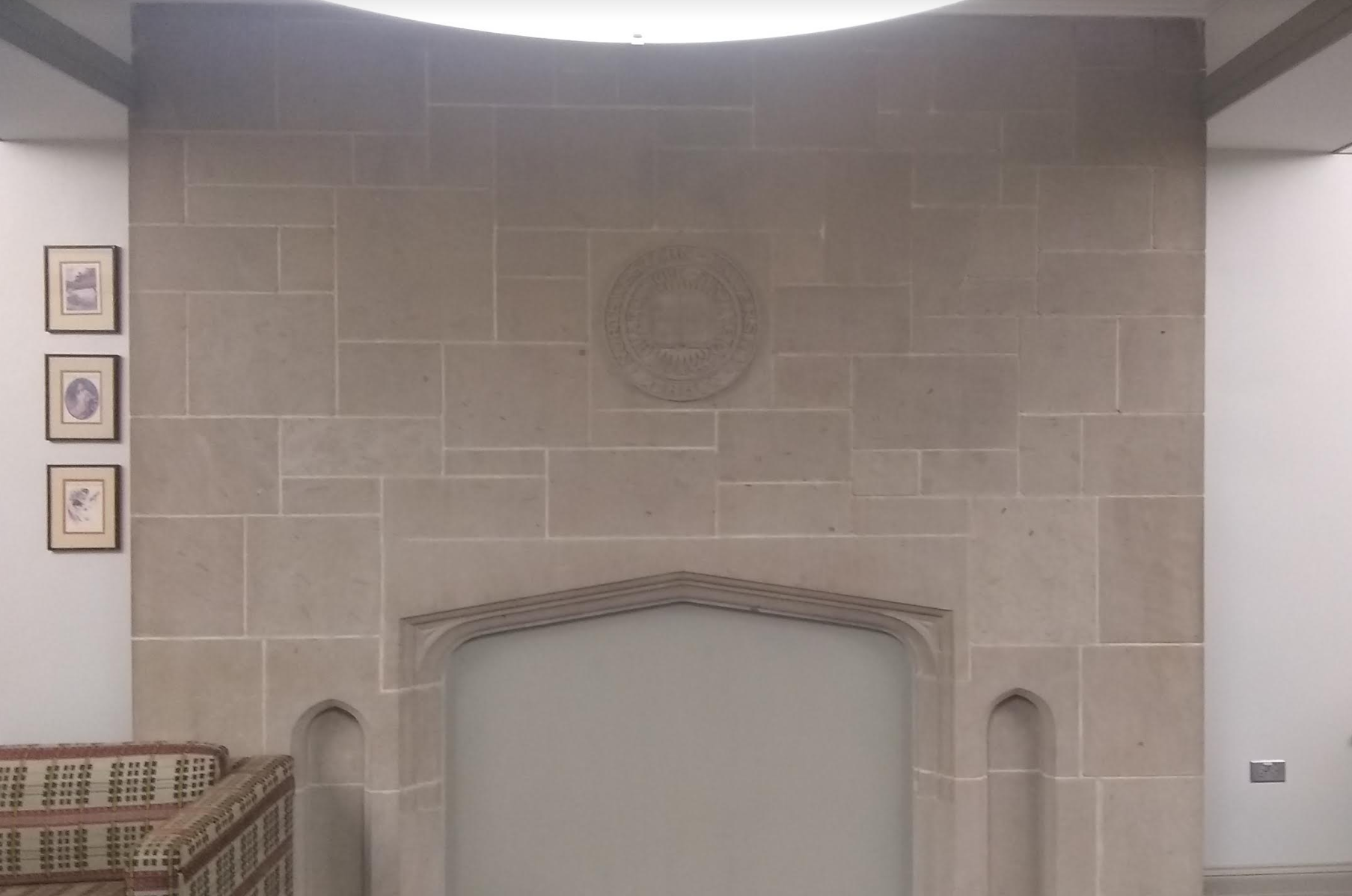

Tracking down the prominent locations of the seal on Northwestern’s architecture takes us to its campus in the city of Chicago just north of the Chicago River and adjacent to the magnificent mile on Michigan avenue. Here stand the magnificent schools that house the Northwestern School of Medicine and Dentistry, Wieboldt Hall of the Kellogg School of Management, and finally the Northwestern Pritzker School of Law. On each of these astounding facilities reside a bold and everlasting engravement of the seal of Northwestern University.

Christopher Gonzalez
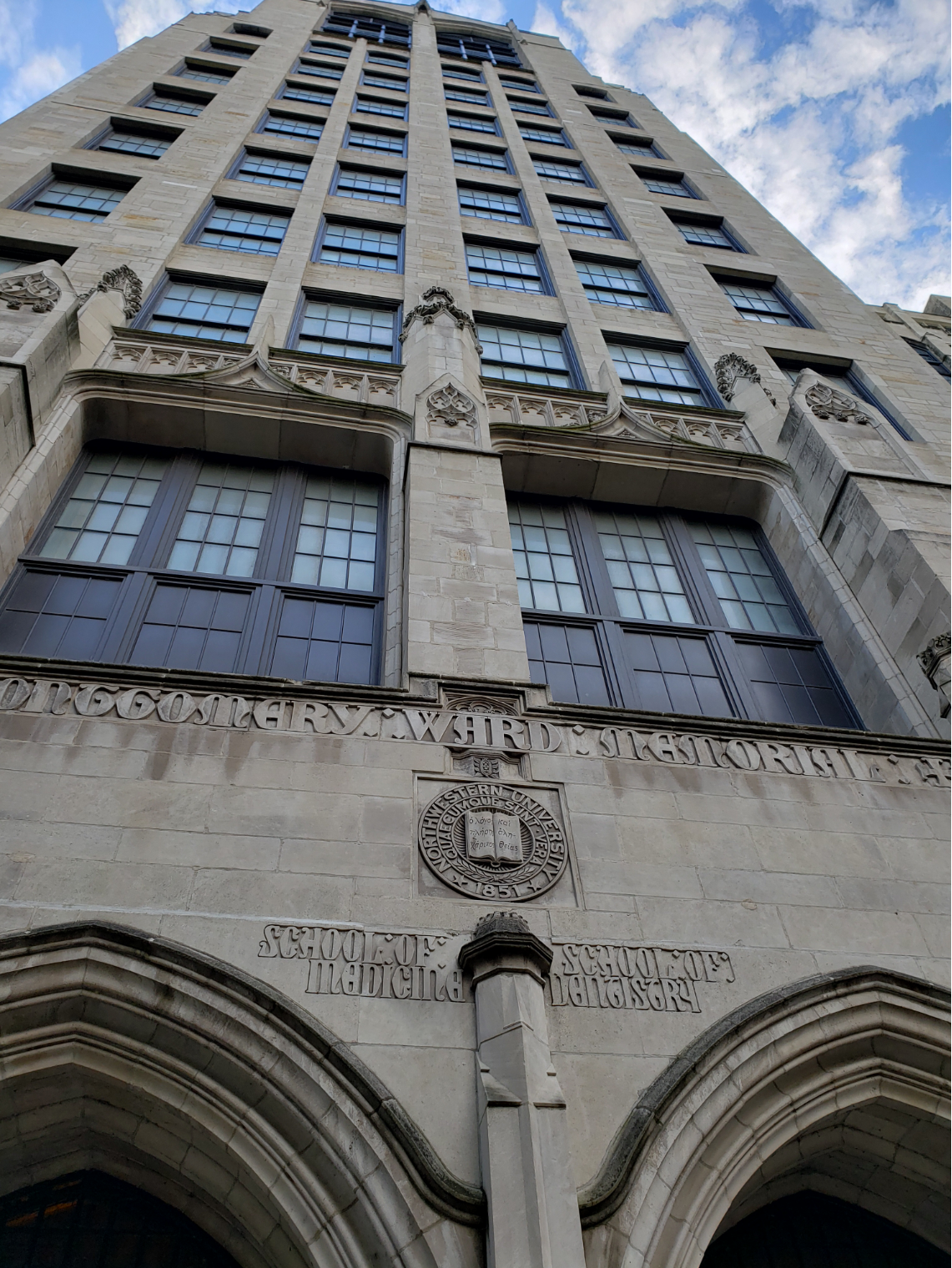
Christopher Gonzalez

Christopher Gonzalez
 icons at the top right corner of the subsection.
icons at the top right corner of the subsection.